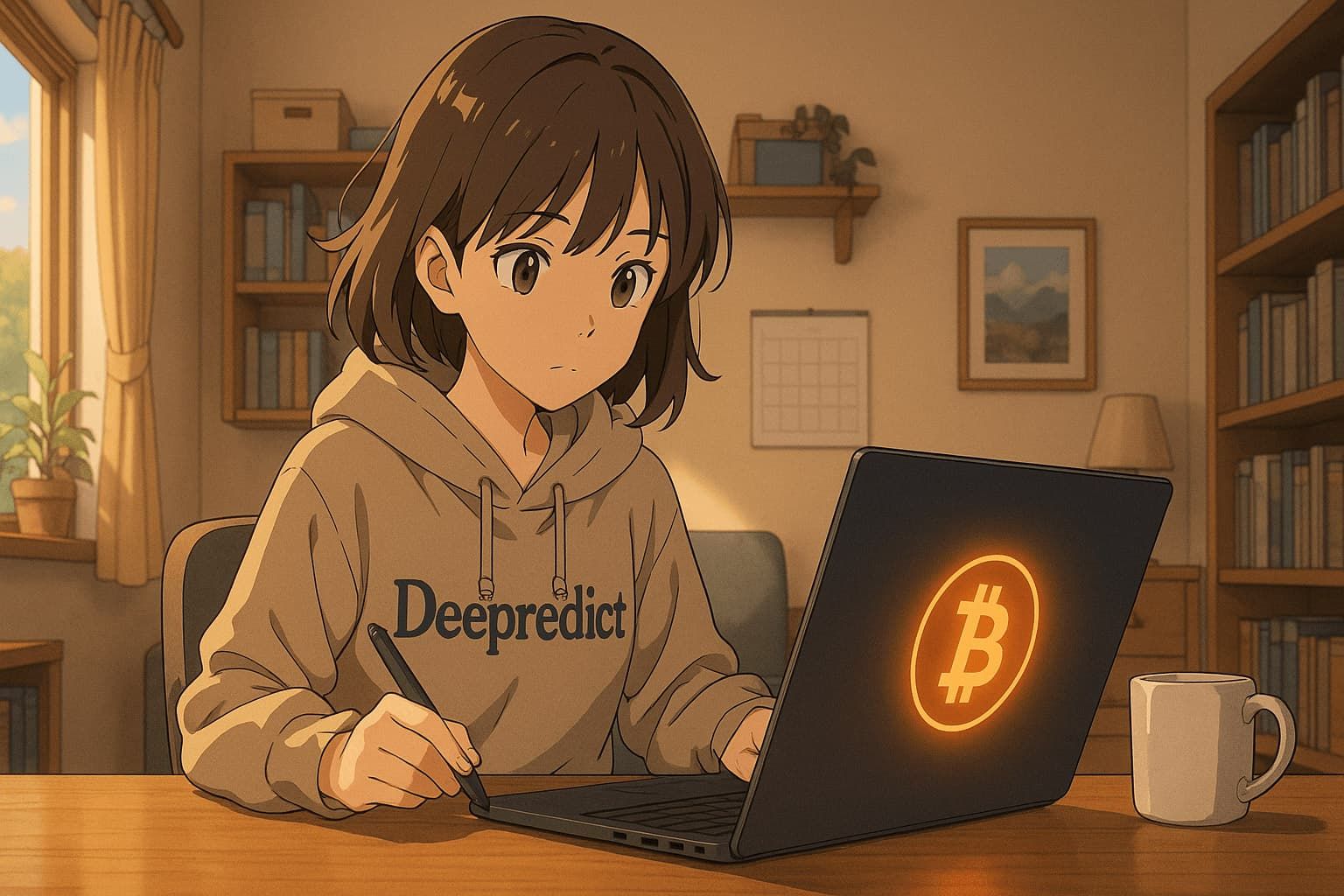Over the past three weeks, I’ve been using Deepredict — a powerful AI-driven crypto price prediction tool — to analyze trends across multiple Binance trading pairs. It supports all spot and futures pairs on Binance, including BTCUSDT, ETHUSDT, SOLUSDT, DOGEUSDT, and OPUSDT, and generates trend predictions for timeframes such as 15 minutes, 1 hour, 4 hours, and daily candles.
Deepredict makes its predictions by synthesizing a range of real-time and technical indicators, including:
- Candlestick patterns for the selected timeframe
- Technical signals: MA, RSI, MACD
- Market structure: volatility, aggressive buy/sell ratio, whale long/short positioning
- Exchange behavior: Binance long/short ratio, 24h volume and % change
- Sentiment models: trained on historical multi-source emotional patterns
All these signals are processed by large language models (such as GPT-4, Claude, or Gemini), which generate trend forecasts and confidence scores. Here's what I discovered about using this AI effectively:
1. Best Performance After U.S. Market Closes
One of the most consistent findings was that Deepredict becomes more accurate in the hour after U.S. markets close — roughly around 4:00 AM Beijing time.
During the immediate post-close volatility, predictions are less reliable. But waiting an extra hour helps stabilize signals and improves success rates. For example, I once followed a SOLUSDT forecast right after the close and was stopped out. Waiting 60 minutes and re-checking the updated forecast gave much better results.
2. Weekends Offer Cleaner Trends
Weekends are ideal for AI-based predictions. With lower volume and reduced institutional activity, the market moves more organically. I found that SOLUSDT, BTCUSDT, and ETHUSDT often followed cleaner, more predictable trends on weekends, which Deepredict captured accurately.
3. Stable Bitcoin = Accurate Forecasts
Bitcoin is the king of crypto — and also the most influential. If BTCUSDT is experiencing heavy volatility (e.g., breakout or flash crash), prediction accuracy across all coins drops.
But when BTC is stable, the AI forecasts for other pairs like SOLUSDT, ARBUSDT, or AVAXUSDT become much more reliable. Monitoring BTC’s behavior first improves the context for any prediction.
4. Hourly Updates Are Critical
Crypto markets evolve fast. Especially in short-term timeframes like 15-minute or hourly candles, an outdated prediction can quickly become irrelevant.
I’ve made mistakes relying on a forecast that’s over an hour old. Now, I’ve built a habit of refreshing Deepredict hourly, and using fresh signals alongside my own technical judgment. This greatly improved my performance in both spot and futures trading.
5. No AI Is Perfect — Manage Risk
Even with all these advantages, no model is flawless. Occasionally, Deepredict will forecast an upward move in something like LUNAUSDT, only for unexpected news to trigger a sudden dump.
That’s why I always use proper stop-loss and position sizing strategies. AI should be an aid to decision-making — not a replacement for risk control.
Final Thoughts: How to Use Deepredict Effectively
After 21 days of daily use, I’ve found Deepredict to be one of the most capable AI crypto forecasting tools available — especially for traders who rely on short-term momentum or trend shifts.
Here’s how to get the most out of it:
- ✅ Use it 1–2 hours after U.S. market close
- ✅ Refresh predictions every hour to stay current
- ✅ Track BTC’s stability as a leading indicator
- ✅ Rely more on forecasts during weekends
- ✅ Implement proper risk controls and avoid blind trust
I'm now expanding my testing across all Binance trading pairs — including XRPUSDT, LINKUSDT, MATICUSDT, SUIUSDT, and more — to further verify accuracy and use cases in different market conditions.
If you’re looking for a crypto forecasting platform that combines multi-dimensional data, large language models, trend visualization, and built-in accuracy tracking, I highly recommend trying Deepredict — it has quickly become an essential tool in my trading workflow.
